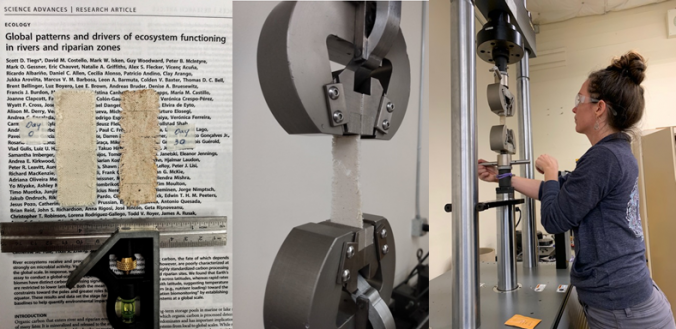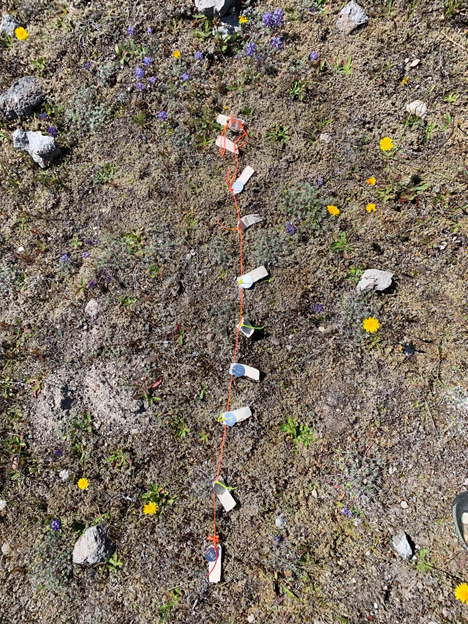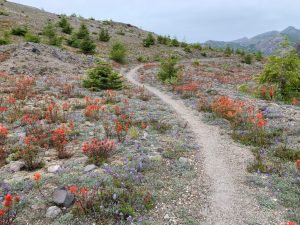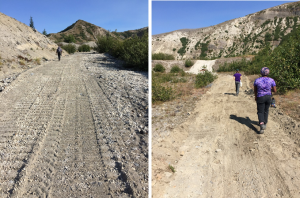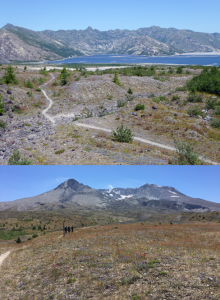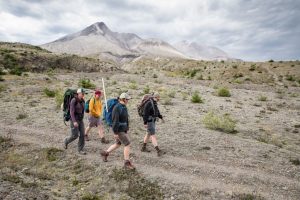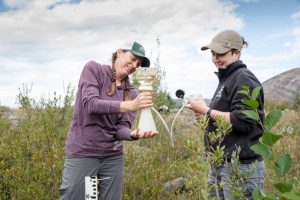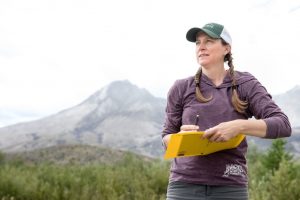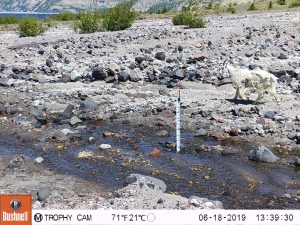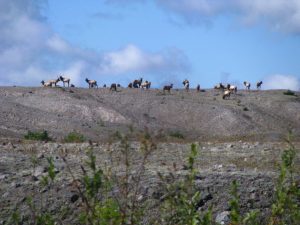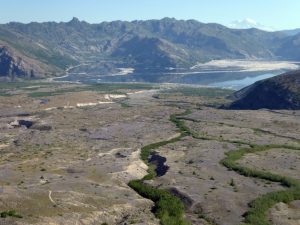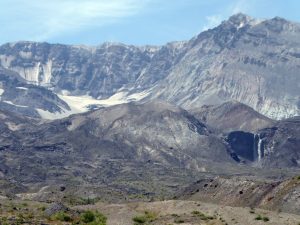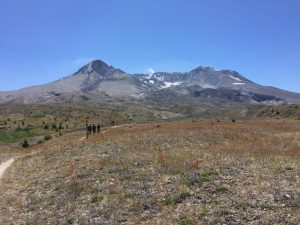
Across the Pumice Plain, willow leaf litter bags are placed into streams to conduct a variety of assays. After the leaves are colonized by bacteria and fungi and begin to decompose, we remove the leaves and use DNA extractions to identify microbial communities!

The DNA extraction process entails numerous lengthy, yet exciting steps. Whether its shaking samples up vigorously with a vortexer or lysing cell matter with solutions, Evergreen Undergraduates Lauren and Maddie Thompson are always up for the challenge!

Extracted DNA from willow samples is then sent off to characterize microbes present! This identifies what microbes colonize first, starts decomposition, provides nutrients to aquatic macroinvertebrates, and may be influenced by the sex of willows!
